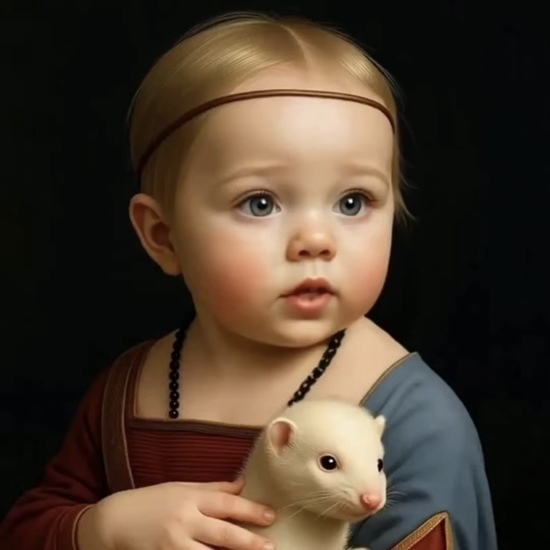
Have you ever looked at an old childhood photo and felt a rush of emotions? Maybe you wondered what you looked like as a baby, or what your child might look like in the future. With the rapid evolution of AI, those nostalgic thoughts and futuristic dreams are no longer just imagination — they’re now image generation possibilities.
Welcome to the world of AI baby generators — tools that use artificial intelligence to recreate or generate baby photos from current images. Whether it’s generating your younger self, imagining a future child with a partner, or simply playing with AI creativity, this technology opens up fascinating doors. But there’s more to it than just cute baby faces.
Let’s explore what AI baby generators are, how they work, and how platforms like APOB AI are leading the way in turning imagination into imagery.
An AI baby generator is a digital tool that uses machine learning and facial recognition algorithms to create baby-like versions of a person. You typically upload a selfie or photo, and the AI reimagines what you might have looked like as a baby — or creates a baby image based on two adult photos.
These tools can generate:
Some platforms also allow you to animate the baby’s face, giving it expressions, movements, or even a voice. It’s adorable, surreal, and slightly futuristic — but definitely fascinating.
Let’s face it — we’re all a little sentimental. Childhood represents innocence, wonder, and possibility. Being able to visualize your baby self or see a digital version of a child you might one day have taps into something deeply emotional. For couples, it can be fun and even bonding. For creatives, it’s a new tool to explore identity and storytelling.
It’s not just for fun, either. Some people use these tools to:
Yes — and this is where things get really interesting.
Some AI platforms can take a current photo of you and reconstruct a younger version, giving you a glimpse of what you may have looked like as a toddler or young child. While not 100% accurate, the results are often shockingly close — especially when trained on large data sets of facial aging and development.
You can think of it like age-progression in reverse. Instead of aging you forward, AI de-ages your features and reconstructs a softer, rounder, more youthful appearance. It's a powerful blend of art, biology, and computation.
While most baby generator tools stop at static images, APOB AI takes things a step further. APOB AI specializes in AI influencer generation — creating lifelike digital humans that can smile, speak, pose, and even create social media content.
Imagine generating not just a baby photo, but a talking baby avatar. With APOB AI’s technology, it’s possible to animate your AI-generated baby self — add expressions, give it a voice, and even make short video clips. This can be used for:
The platform was originally designed to generate adult AI influencers — virtual people with distinct personalities, appearances, and voices. But the same technology can be used to animate children or baby-like avatars as well, opening up new possibilities for parents, content creators, or anyone interested in exploring digital identity.
Of course, not everyone is 100% on board with AI-generated children. There are valid concerns about privacy, identity, and the ethics of generating hyper-realistic images of kids who don’t exist. And while many platforms are purely for fun or artistic expression, it’s important to use them responsibly.
But if done thoughtfully, this technology has the potential to:
The line between imagination and reality is blurrier than ever. Tools like APOB AI are showing us that it’s not just about what we can generate — but who. From AI-generated babies to talking avatars, the future is creative, emotional, and highly personalized.
And maybe that’s the point. Whether you're generating a baby photo to share with a loved one, creating a younger version of yourself to reflect on your journey, or animating a fictional child for your next short film — AI is making the impossible, possible.
So the next time you miss your childhood or wonder what your baby might look like, remember: there's an AI for that.